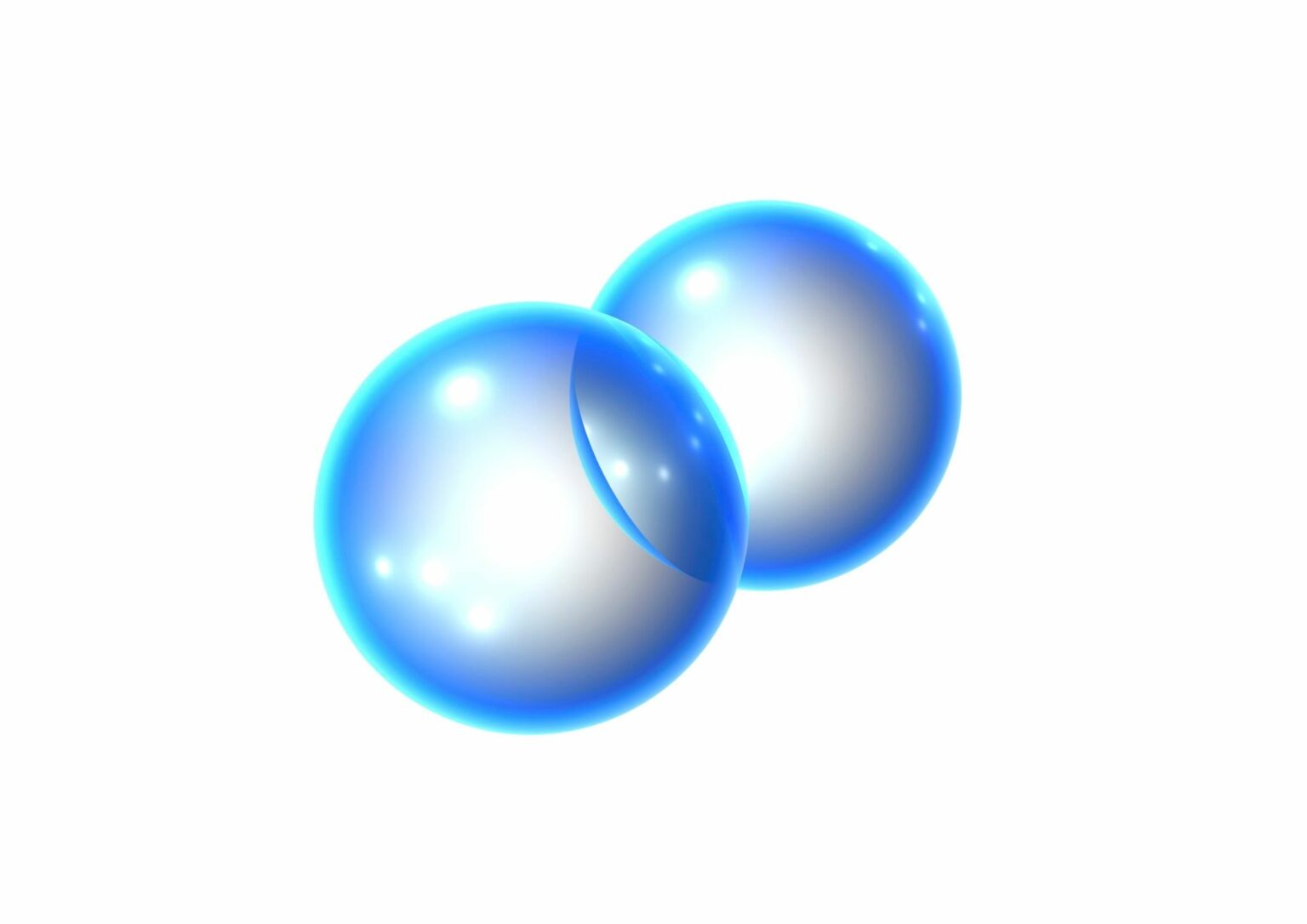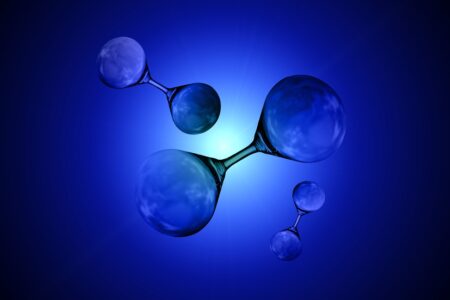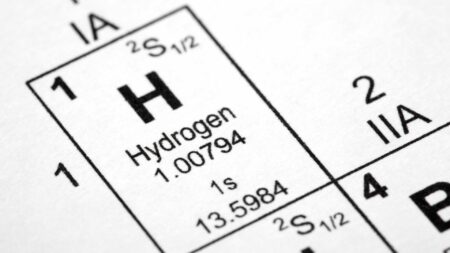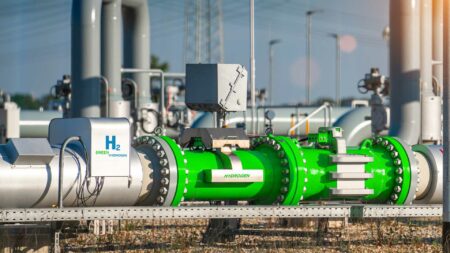According to recent findings published in the International Journal of Hydrogen Energy, the optimization of direct-ammonia fuel cells (DAFCs) hinges on carefully calibrated cathode configurations.
This effort is not just a technical exercise but a necessary evolution, especially given the influx of data showing the significant potential of DAFCs in low-temperature applications compared to their hydrogen-fed counterparts.
Despite their promise, DAFCs have struggled to match the performance metrics set by more traditional hydrogen-based fuel cells. The ammonia oxidation reaction (AOR) within DAFCs lags behind the hydrogen oxidation reaction (HOR) in efficiency. Market data supports this, showing a considerable gap in power output and endurance. The ammonia crossover phenomenon—where ammonia migrates from the anode to the cathode, thus poisoning the catalyst—further complicates the scenario, limiting operational efficiency and power output.
The real crux lies in the specifics of the DAFC’s mechanical setup. For instance, adjusting the cathode catalyst loading emerged as a breakthrough tactic. By boosting the catalyst loading to 0.8 mg cm−2, researchers found an increase in the cell’s ability to tolerate ammonia, albeit with a risk of flooding—a dilemma that has previously stymied progress. Flooding can choke the reaction sites, making the optimization of loading parameters a crucial balancing act.
The addition of polytetrafluoroethylene (PTFE) into the cathode mix adds another layer to the optimization strategy. With a 50 wt% incorporation rate, PTFE plays a dual role: it mitigates flooding and serves as a barrier to ammonia poisoning. Still, this comes at a price—increased ohmic resistance and electrode thickness, both of which could offset gains if not expertly managed. Further analysis indicated that while the membrane thickness must be increased to a 40 μm setting to effectively combat ammonia crossover, this too contributes to greater electrical resistance—a classic example of technical give-and-take.
In practical terms, the culmination of these adjustments allows DAFCs to reach a power output of 267 mW cm−2 with commercially available materials, marking a significant advancement in the technology’s feasibility. This sets a compelling benchmark for upcoming developments across the sector.
Behind these technical maneuvers is the framework of employing PtIr/C alloy catalysts over the traditional Pt/C variety—a strategic change that boosts AOR efficiency through enhanced catalyst surface robustness against ammonia poisoning. While such catalysts are not without their own cost considerations, their role in closing the performance gap cannot be understated.
The narrative of DAFC development is deeply entwined with the challenge of improving anion exchange membranes (AEMs). AEMs with high ionic conductivity—which incorporate piperidinium cations and ether-bond-free aryl backbones—are pivotal to addressing the DAFCs’ issues with slow hydroxide ion transport. The synthesis of these materials requires a keen eye on both material science innovation and cost-effectiveness, a dual focus that demands ongoing research and development.
Stay updated on the latest in energy! Follow us on LinkedIn, Facebook, and X for real-time news and insights. Don’t miss out on exclusive interviews and webinars—subscribe to our YouTube channel today! Join our community and be part of the conversation shaping the future of energy.








